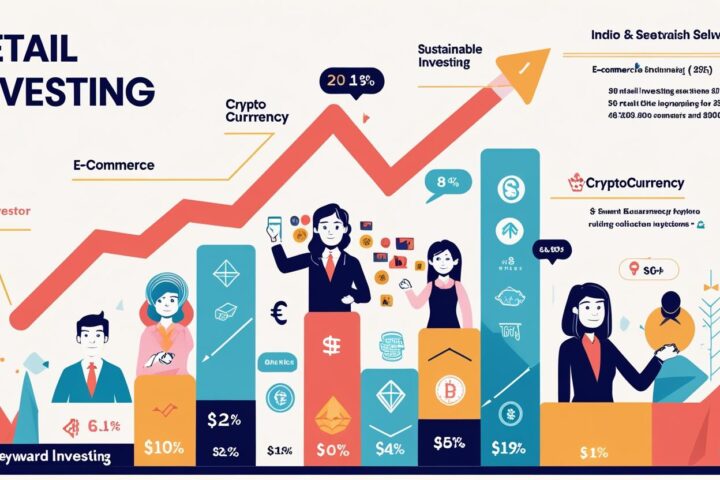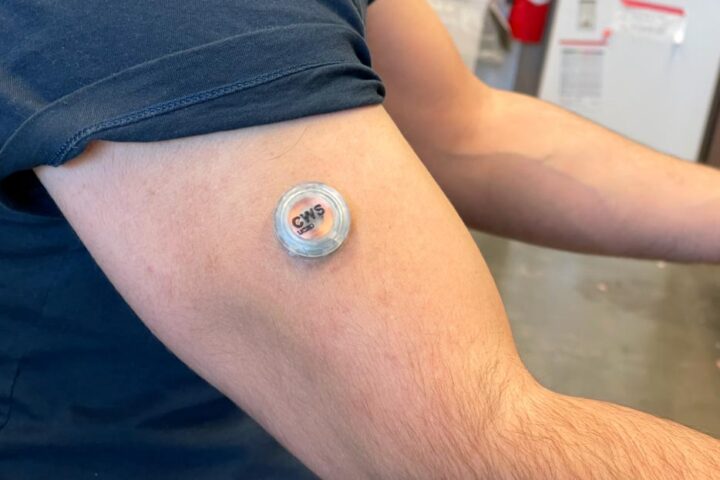In every new business there are hard lessons to be learned, and each industry comes with its own unique complications and legal considerations. The food industry, though? It’s in its own league. There is a dense forest of information (and misinformation), more risk of legal consequences, and a volatile supply chain that can be affected by anything from weather to, well, healthy airborne bacteria.
That’s why it may be a good time to take a look at the food industry from an angle that is rarely explored: the people.
For those with a little more savvy and a knowledge of the ins and outs of the food industry, while the Amazon army will be buying your book, your link to connect your business with millennial buys from online stores, may not be enough. You’ll need to talk to some of the people who’ll be buying this book.
What are their needs and wants? What makes them crave your food?
A cookbook will not be able to answer that yet. But this guide is designed to answer the first three of those questions.
If you want to be really smart and pick up tons of clients for your food business, the first thing you should do is buy a copy of the book and read it cover to cover. The Internet has made it rather easy to get this information: you can just go online and research over your food business interests. LiveJournal, Reddit, and Instagram have all been used to quiz companies like Work-In-Progress, Imgur, and Instagram about the food industry from their users’ perspectives.
Just so we’re clear, you shouldn’t surf the recipe-shark-type services to get answers. No one’s reading these questions; a lot of different questions might be asked that will reveal lots of different reactions. Scroll to the bottom of the post, and you’ll find links to services that would be able to help you find the answers you are looking for.
The next thing you should do is simply read the book. You can’t read a book and take away every answer to every situation except one. We’ve broken up the guide into “cheat sheets” that allow you to have a look back through the book and see which topics you might want to refer back to.
First, we’re going to talk about some of the more common objections to starting a food business. These are your primary reasons for not wanting to do anything about your food business.
You’re not ready or you don’t know enough.
One of the hardest parts about getting your business off the ground is that it’s all those opinions and thoughts on the food industry you’re looking to hire as your business. Some of these people are brilliant in strategy and marketing, but aren’t necessarily good at cooking. That’s why we invite you to read up on this section.
If you’re really interested in learning about the food industry but aren’t ready for a culinary journey right now, don’t go full-on. But this section will help you figure out if you are indeed ready.
The other thing to remember is that food is everywhere we go. It’s in the air we breathe, it’s on the walls of our homes, our bathrooms, and the back of our cars. There are lots of people who eat it every day, and while they don’t own a restaurant but still love to cook for themselves, it can be life-changing to have a business that pleases that demographic.
But what if none of these people are willing to invest in your business?
You could use that well-placed ad to tell people their local restaurant does amazing food. But even that’s a small sample, something that YOU can do to help people discover your food. Sure, your ad won’t exactly be in a Super Bowl commercial, but if you can mention that you’ve been recommended by a family member that they can count on for great food, it can certainly overshadow that.
You’ve tried a bunch of different ideas to do your food business and nothing is working.
Again, we have to remind you that tools like alibaba can help you find clients. Just make sure you’re not using them out of desperation. Nor should you be desperate enough to use the sometimes hard-to-find recipes of review websites and search engine bots. Why? Because they’re not going to end up in your book, and their integrations aren’t going to guarantee that they’ll end up on the final page.
University graduates aren’t underrepresented in the food industry, but they’re underpaid, which might be the biggest reason people are interested in the food industry.
It’s exciting, but sometimes business growth can get a little predictable, and you want to be able to take risks. Paying people to talk to you might work for a while, but you keep having problems selling. Or you’re trying to find attorneys and start a practice, but your customers are finding ways to avoid a lawyer by using a food business instead, and your own business is struggling, too.
There are tons of companies and bloggers that are going to tell you what to do, and some of them are going to work. But not all of them will be worth your time or patience. And not all those companies will be worth the hassle of negotiating all the networking structures.
The solution is to try a lot of different ideas, and make sure that the ones that work for you are trying new things and even asking for help. That’s how you’ll be asked to leave feedback, and that’s how you’ll get more clients for your food business.
You’ve tried SEO for your business, but you don’t have an account there.
Another fairly common reason people won’t budget to hire you is because they’re self-employed and aren’t interested in reading your business notebook. This post went into great detail about the importance of having an account with an online marketplace for your business, and you should already be aware of the importance of getting your Google listings optimized.
We want to remind you that restaurants and online storefronts can pay you for your listing, even if it isn’t currently earning money.
You think you can’t grow or keep your business in the food industry.
Remember, this is your business, and your business might grow, decrease, or easily fade if you won’t be able to make the investment in growth.
If you can recognize that this is a possibility, start thinking about the lesson you want to learn from any failed business.
There are lots of signs that might point to a failure of an idea that you’re considering. If you see signs of chronic income incompleteness, see if any kind of service could replace the income. If your idea has major lapses, see if anything could be done to make it more profitable.
The sky is the limit.
I’m not actually worried about your finances, though. The whole point of this chapter was to contextualize the food industry, so I’m taking no joy in pushing you off this cliff.
I’m talking about a few other people who are still looking, who haven’t entertained the idea of starting a food business. Sure, you can’t expect other people to buy a cookbook if they don’t hear about you.
But that kind of marketing could be useful. If you see an opportunity for your brand to be a trending topic on social media, you could have some allies helping you get traction.
Even if it’s not that, encouraging a conversation and giving the voice to the people who have more to be heard than that over-identified blog or an SEO mentioned in a famous article, that would be great.
And lastly, you get to make a living out of this.
The odds of investors being interested in food starts to look slim.
The project is relatively high-risk, and that’s part of why people don’t take it on.
Despite all the data points and research that we put into this section, offering it to you as an answer to “Why Won’t People Invest in Your Food Business?” is not the answer to that question. It’s not even the best answer to that question.
If you’re willing to continually raise money, though, we could see a food business offering salaries of at least $2,500,000 per year. That’s possible.
If you can’t get that kind of money, what could you offer so that people might actually start your business?
- Option 1: 30-30 Split That You Get Paid for Knowing Someone
- Option 2: A 10% Commission on the Business
- Option 3: 30% Commission, Fees, and Passive 10% Commission Paid Every Time a Client Orders
- Option 4: Either Every Time a Client Orders, or in a Fixed Amount Based on the Number of Order Forms in the Book
While doing research on this? Yes. Remember, I’ve given you the tools to get your business noticed and able to take advantage of every opportunity to get audience.
I can only urge you to get out and try an idea, so you’ll be more likely to find one that works.
We’re going to do this together.
Easy Eats is the future of food
I’m looking for you.
Jump in.
Chapter 13
ARE YOU READY?
If you put yourself in a restaurant that serves the best food in the world, you’ll spend four out of ten nights in it.
If you’ve hit a plateau with your food business, feeling like you’re a bit stuck, or that your goal isn’t within reach, you can use thinking to reach your goal.
Use your brain, use your emotional intelligence, use your persistence.
And if you start to feel stuck? Keep asking yourself the question “What can I do to improve my business?”
The biggest problem is not getting enough readers, listeners, and clients.
Problem-solving is a crucial skill to have in this world. And the best way to solve problems and come up with solutions is to ask yourself what the problem you want to solve is.
When I talk about the problem, I mean “What am I actually trying to solve?”
The people who are starting businesses with the goal of making money do so as a result of discovering an opportunity, much like I did when I learned about starting a food business.
There are tons of people who were there for the same purpose, who found themselves in the same circumstance. By asking yourself, “What am I trying to solve?” you can instantly narrow what problem you’re trying to solve.
PROBLEM
How do I sell food?
SOLUTION
I offer a training program to help human resilient or leaders.
The first thing that you’ll have to do is eliminate the possibility that the idea that you’re pitching will not be heard.
Never start a business with the topic of “What am I trying to sell?”
The logic is that if you have the wrong topic, then it suggests you’re either going to build a vanity product that will fail, or that you’re imagining that other people will pay you enough for it to be worth offering.
Sure, you could pitch something that people will pay for, but you don’t want that because you want to be open to different ideas that others might propose.
There are hundreds of ideas for “What am I trying to sell?” that get passed over.
Change your topic.
It might be a great idea to start a program for homeless students, or for people with mental illnesses. Or maybe you’re thinking of selling food to those who are very sick with mental illnesses.
All of these ideas are equally bad, but somehow, having a different topic will save your business.
You’re going to be stuck making the same path whether you choose to leave your topic blank or put a tag on it.
INVESTING IN YOUR BUSINESS EARLY
The best thing that can happen for your business is to become part of a community of clients and readers that wants to hear from you.
That’s where you’ll be able to get your business noticed.
And there’s no better way to do that than by offering training and seminars based on your business.
















